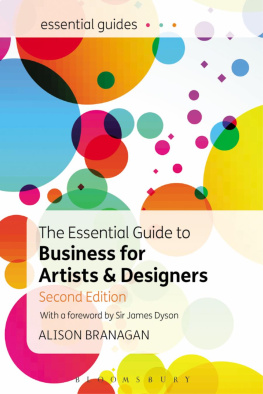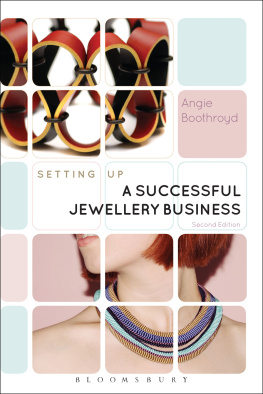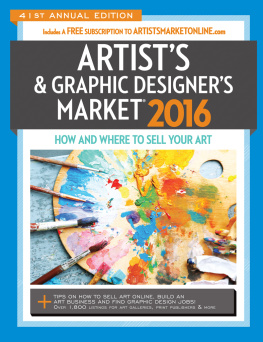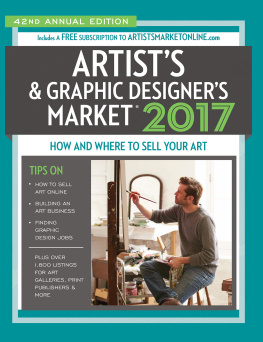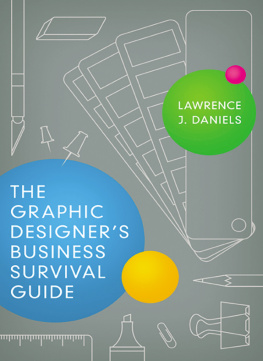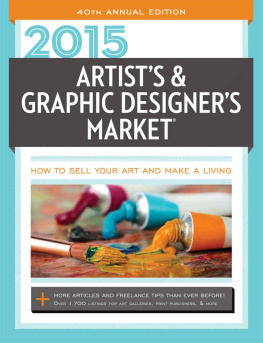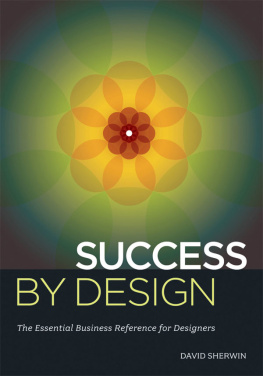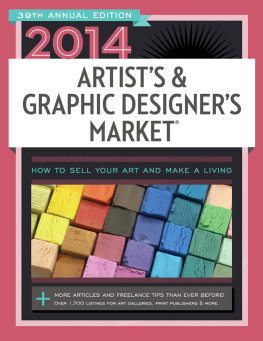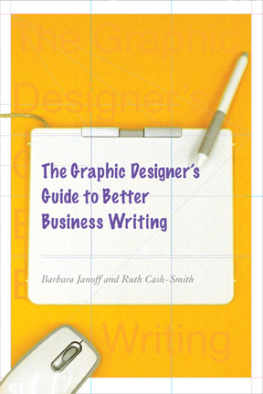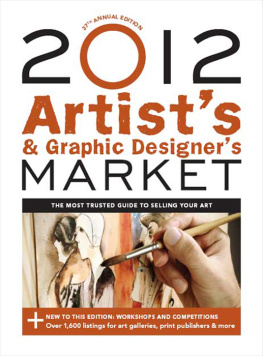
Bloomsbury Academic
An imprint of Bloomsbury Publishing Plc
| 50 Bedford Square | 1385 Broadway |
| London | New York |
| WC1B 3DP | NY 10018 |
| UK | USA |
www.bloomsbury.com
This electronic edition published in 2017 by Bloomsbury Publishing Plc
BLOOMSBURY and the Diana logo are trademarks of Bloomsbury Publishing Plc
First edition published in 2011
This edition published in 2017
Alison Branagan, 2011, 2017
Alison Branagan has asserted her right under the Copyright, Designs and Patents Act, 1988, to be identified as Author of this work.
All rights reserved
You may not copy, distribute, transmit, reproduce or otherwise make available this publication (or any part of it) in any form, or by any means (including without limitation electronic, digital, optical, mechanical, photocopying, printing, recording or otherwise), without the prior written permission of the publisher. Any person who does any unauthorised act in relation to this publication may be liable to criminal prosecution and civil claims for damages.
No responsibility for loss caused to any individual or organization acting on or refraining from action as a result of the material in this publication can be accepted by Bloomsbury or the Author.
Every reasonable effort has been made to trace copyright holders and to obtain their written permission for the use of copyright material. The Author and Publishers apologize for any errors or omissions in the copyright acknowledgements contained in this book, and would be grateful if notified of any corrections that should be incorporated in future reprints or editions of this book.
Please note content in regard to self-employment, legal matters and taxation is correct at the time of print. Due to the UK exiting the European Union in 2016, if an EU or non-EU citizen is reading this book beyond January 2019, please use the links provided to check for any revisions to the right to trade in England and its devolved powers: Scotland, Wales and Northern Ireland.
British Library Cataloguing-in-Publication Data
Names: Branagan, Alison, author.
Title: The essential guides to business for artists and designers / Alison Branagan.
Description: Second edition. | London ; New York : Bloomsbury Academic, an imprint of Bloomsbury Publishing Plc, 2017. | Includes bibliographical references and index.
Identifiers: LCCN 2016025278| ISBN 9781474250559 (paperback) | ISBN 9781474250566 (ePDF) | ISBN 9781474250573 (ePub)
Subjects: LCSH: Art--Vocational guidance. | New business enterprises--Management. | BISAC: ART / Business Aspects. | BUSINESS &
ECONOMICS / Small Business.
Classification: LCC N8350 .B67 2017 | DDC 707--dc23 LC record available at https://lccn.loc.gov/2016025278
ISBN: 978-1-4742-5055-9 (PB)
ISBN: 978-1-4742-5057-3 (eBook)
ISBN: 978-1-4742-5056-6 (ePDF)
Library of Congress Cataloging-in-Publication Data
A catalog record for this book is available from the Library of Congress.
Designed by Susan McIntyre
Illustrations Tim Bradford 2011, 2016
www.timbradford.co.uk
Cover design: Irene Martinez Costa
Cover image Tumanyan/Shutterstock
To find out more about our authors and their books please visit www.bloomsbury.com where you will find extracts, author interviews and details of forthcoming events, and to be the first to hear about latest releases and special offers, sign up for our newsletters.
Contents
Foreword
In 1966 I started at the Royal College of Art, London. At that point my ambition was to become an artist. By my second year of study I had gravitated towards industrial design, and by the third I was developing a landing craft for Rotork, an engineering company.
Since then Ive worked as an engineer, making things that solve problems. Although Im not a businessman (actually Im not entirely sure what a businessman is), Ive had to learn the skills to run a company by necessity. Ive discovered that much of it is actually common sense there is certainly no need for a suit and briefcase!
Today I have an expert team helping me run the business, so I can spend more time developing our new technology. But when I first started out with the Ballbarrow, and then the vacuum cleaner, I didnt have the luxury of such support. I learned by doing the best way to learn. Whether that was developing an idea through an iterative process, trying my hand at sales, or working out how to fund the manufacture of my machines.
Despite the years of uncertainty and financial worries, going it alone was the right thing to do. Id encourage anyone with a good idea to do the same and to put your skills as artists and designers to good use. It will be hard, but just knowing where to start helps: whether its securing a loan, promoting a show, or filing a patent.
In the years since this book was first published, the world has changed. It is more connected, technology has moved at pace, there is more competition and, Im afraid, there is more copying. For business, design and engineering that brings tremendous opportunities but also new threats. It is imperative to cut through the clatter and jargon of business, and remain steadfast in realising your idea. Thats what we try to do every day at Dyson and I challenge you to do the same.
Sir James Dyson
Acknowledgements
Firstly, I wish to acknowledge the pioneering work of David Butler and the Artists Information Company in raising awareness of business skills within the visual arts sector.
I would like to thank my commissioning editor Linda Lambert for commissioning this book, and also to give credit to the photographers Karl Grupe, Warren King, Tas Kyprianou, Silvia Lozza, Mark Nolan, John Sturrock, Jamie Trounce, Ursula Underhill and Yeshen Venema for their huge contributions to this project.
Special thanks go to consultants Jenny Bloy, Alison Britton, Trevor Burgess, Karl Grupe, John Foster, Alana Pryce, Tony Laws, MediVisas UK LLP, Harley Miller, Davida Saunders, Molly Beck, Ariadne Godwin, Frances Arnold, Clara Herberg, Nigel Rees Quote Unquote, Silverman Sherliker LLP, Rebecca Skeels, David Stubbs, Peter Town, Damien Borowik, and Alana Biviano of BVN Creative. Kind thanks also to Robert Gallagher and Joan Branagan.
Further, most valued contributions came from Caterina Izzo, Riikka Puustinen and Matthew Machin, plus photographs kindly donated by The Freelancer Club, Crafty Fox Market, The Goldsmiths Centre and Company, Cockpit Arts, Central Saint Martins and Dyson.
Further acknowledgement must go to Kensington and Chelsea College, City University, Central Saint Martins College of Art and Design, and the Association of Illustrators, for giving me the opportunity to teach creative business and enterprise courses.
Finally, I am indebted to John Naylor for his advice and consistent support.
Introduction
After Beyond the Fringe had been on Broadway, my father asked if I knew what I really wanted to do In a sense I still dont.
Jonathan Miller (1934), artist, writer and director
Welcome to the second edition of The Essential Guide to Business for Artists and Designers, which aims to help any artist or designer set themselves up in business, whether as self-employed, as a partnership or as a company. Since the last edition (and its various revisions) the contours of the visual arts and creative industries have significantly changed. To acknowledge this, I have combined the original essential knowledge areas and enterprise skills content with new chapters acknowledging future trends, innovation and growth.

